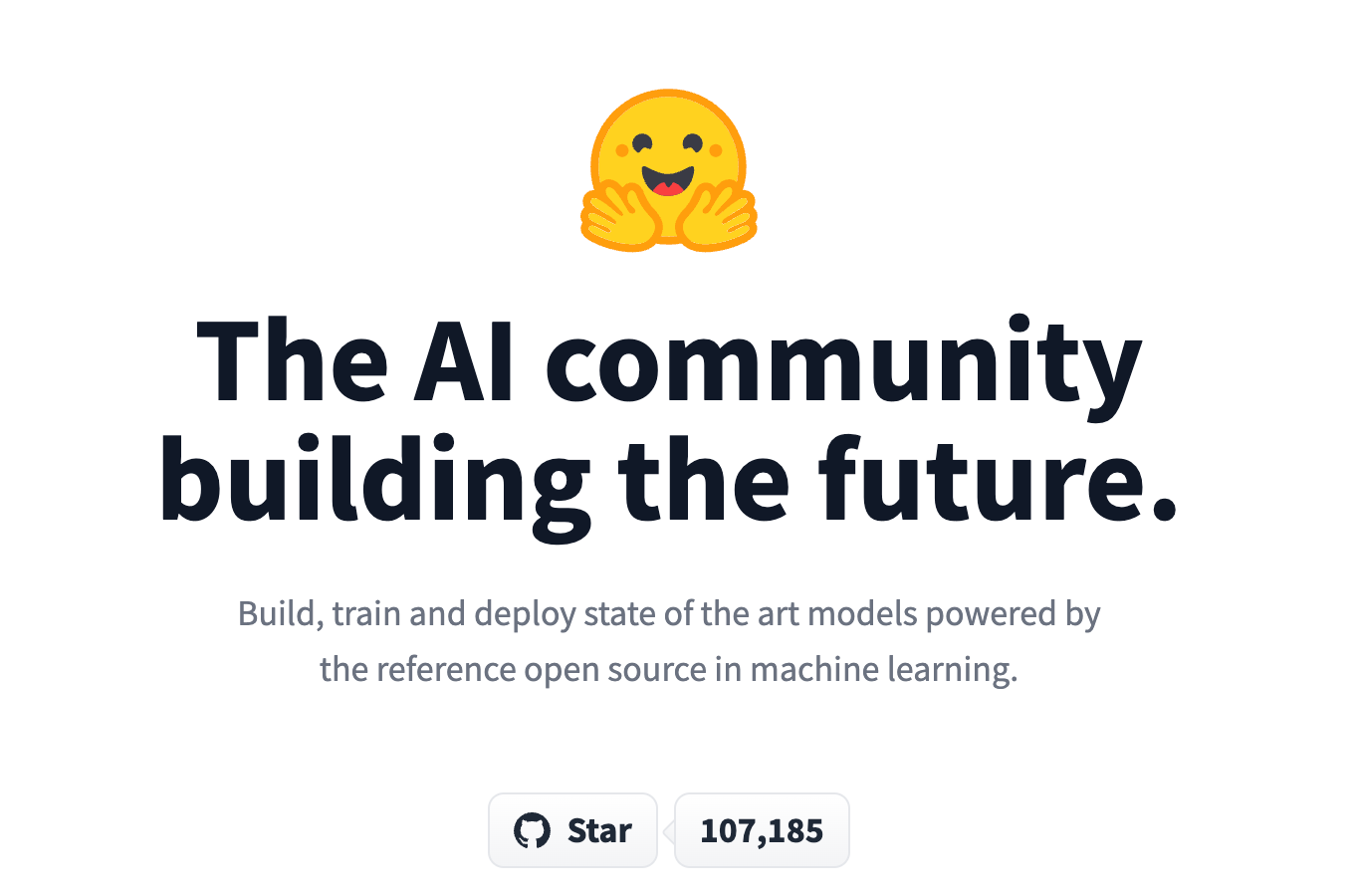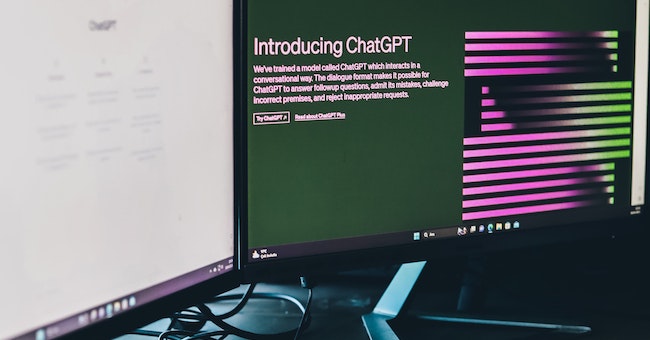How to Use Stable Diffusion on Hugging Face?

What is Hugging Face?
Hugging Face is a name that can refer to different things, depending on the context. "Hugging Face" can refer to an online education platform, an open-source data science and machine learning platform, an emoji representing a warm hug, or a specific text-to-image machine learning model developed by Hugging Face. Here are some possible meanings of Hugging Face:
Hugging Face is a free online education platform that offers over 4000 courses in various subjects, such as business, health, IT, language, and more. Alison courses are accredited by the Continuing Professional Development (CPD UK) certification service, and learners can earn certificates or diplomas upon completion. Alison also has a mobile app that allows learners to access courses anytime, anywhere.
Hugging Face is an open source data science and machine learning platform that acts as a hub for AI experts and enthusiasts. It provides the infrastructure to run everything from your first line of code to deploying AI in live apps or services. It also hosts thousands of pre-trained models for various natural language processing and computer vision tasks, such as text generation, translation, summarization, image classification, object detection, and more. You can use Hugging Face's web interface, API, or libraries like Transformers and Datasets to access and interact with these models .
Hugging Face is an emoji that represents a smiling face with open hands, as if giving a hug. It is often used to express affection, gratitude, support, or sympathy. It can also be used as a form of greeting or farewell. The emoji has different variations across different platforms. Stable diffusion model is a state-of-the-art text-to-image machine learning model that can generate realistic and diverse images from natural language prompts. It can also be applied to other tasks such as inpainting, outpainting, and generating image-to-image translations guided by a text prompt.
What is a Stable Diffusion Model?
The Stable Diffusion Model is a deep generative artificial neural network that utilizes a latent diffusion model (LDM) to generate images. This process involves iteratively denoising random noise over a set number of steps, guided by a text encoder and an attention mechanism. The model employs OpenCLIP-ViT/H as the text encoder and U-Net as the image decoder.
The Stable Diffusion Model was developed collaboratively by researchers from the CompVis Group at Ludwig Maximilian University of Munich and Runway. It received computational support from Stability AI and training data from non-profit organizations. The code and model weights for the Stable Diffusion Model have been publicly released, and it can be run on most consumer hardware that features a modest GPU with a minimum of 8 GB VRAM.
How to Use Stable Diffusion on Hugging Face?
To make the most of Hugging Face Stable Diffusion, follow these step-by-step instructions:
Generate a token from the Hugging Face website. This token will grant you access to download the model and unlock its features. It is recommended to generate a token with write access to enjoy full functionality.
Install the diffusers library from Hugging Face. This library contains the code and weights for Stable Diffusion and other diffusion models. You can easily install it using pip:
pip install diffusers.Load the Stable Diffusion model from Hugging Face. Utilize the
DiffusionPipeline.from_pretrainedmethod to load the desired model. For instance, to load the Stable Diffusion 2.1-v model, use the following code:pipeline = DiffusionPipeline.from_pretrained("runwayml/stable-diffusion-v2-1").Generate an image from a text prompt. Take advantage of the pipeline object to create an image based on a text prompt. For example, to generate an image of a cat wearing sunglasses, use:
image = pipeline("a cat wearing sunglasses").images[0].Customize your image generation settings. You have the flexibility to customize your image generation process using various parameters and options, including:
The resolution of the image: Specify the desired resolution using the
resolutionparameter. For instance, to generate a 512x512 image, use:image = pipeline("a cat wearing sunglasses", resolution=512).images[0].The number of inference steps: Specify the number of inference steps using the
num_stepsparameter. For example, to generate an image with 100 steps, use:image = pipeline("a cat wearing sunglasses", num_steps=100).images[0].The precision of the computation: Set the precision of the computation using the
torch_dtypeparameter. For instance, to use float16 precision, use:pipeline = DiffusionPipeline.from_pretrained("runwayml/stable-diffusion-v2-1", torch_dtype=torch.float16).The scheduler of the diffusion process: Define the scheduler of the diffusion process using the
schedulerparameter. For example, to use the Euler Discrete scheduler, use:pipeline = DiffusionPipeline.from_pretrained("runwayml/stable-diffusion-v2-1", scheduler="euler_discrete").To delve deeper into Hugging Face Stable Diffusion, explore its website, dive into its documentation, or examine its examples.
Stable Diffusion Hugging Face Tutorials
There are several tutorials available online that can help you learn how to use stable diffusion model with Hugging Face. Here are some of them:
How to Run Stable Diffusion: A Tutorial on Generative AI: This tutorial shows you how to run stable diffusion locally or on Colab, how to download and load the model, and how to generate images from text prompts using the web interface or the API.
Train a diffusion model - Hugging Face: This tutorial shows you how to train your own diffusion model using Hugging Face's diffusers library, which provides various diffusion models and schedulers. It also shows you how to use the Inference API to serve your model online.
Effective and efficient diffusion - Hugging Face: This tutorial shows you how to generate faster and better images with the DiffusionPipeline by using lower precision, fewer inference steps, and different schedulers. It also shows you how to use embeddings to fine-tune the model on specific images or domains.
Stable Diffusion in Keras - A Simple Tutorial - AssemblyAI: This tutorial shows you how to use stable diffusion in Keras, a high-level neural network API for Python. It shows you how to import the model, generate an image from a text prompt, and save the image as a file.
stabilityai/stable-diffusion-2 · 4 tutorial guides featuring step-by ...: This is a collection of YouTube videos that demonstrate how to use stable diffusion for various tasks, such as generating anime characters, creating logos, remixing images, and more. Each video has subtitles and sections for easy navigation.
Best Stable Diffusion Training Resources
Stable diffusion training is a process of learning how to use the Stable Diffusion model, a state-of-the-art text-to-image machine learning model that can generate realistic and diverse images from natural language prompts. Stable diffusion training can be done in different ways, such as:
Using online platforms like DreamStudio, which offer a web interface and credits to use Stable Diffusion without installing anything locally.
Installing open source forks of Stable Diffusion on your own machine, which requires a 4GB+ VRAM GPU and some technical skills. There are several guides available on how to do this, such as this one by u/Zetsumeii or this one by u/basujindal.
Using embeddings to fine-tune Stable Diffusion on specific images or domains, such as your own face or a certain style of art. Embeddings are vectors that represent the semantic features of an image or text, and can be used to guide the model's generation process. There are some tutorials on how to use embeddings with Stable Diffusion, such as this one by u/nightkall or this one by TechPP.
You can also find more information and resources on Stable Diffusion training on the r/StableDiffusion subreddit or the Stable Diffusion Discord server.
FAQs
Q: How can I use the Stable Diffusion model?
A: You can use the Stable Diffusion model by downloading its code and weights from GitHub and running it on your own device with a GPU. You can also use its public demo at clipdrop.co/stable-diffusion-reimagine or access it via Hugging Face.
Q: What are the advantages of the Stable Diffusion model over other text-to-image models?
A: Stable Diffusion model has several advantages, such as:
- It can run on most consumer hardware equipped with a modest GPU with at least 8 GB VRAM, unlike other proprietary models that require cloud services.
- It can generate high-resolution images up to 768x768 pixels with realistic details and diversity.
- It can support various image generation tasks and modalities, such as depth-guided synthesis, latent text-guided diffusion, and v-prediction.
- It is trained on a large and diverse dataset of 5 billion images from non-profit organizations, called LAION-5B.
Q: Who developed the Stable Diffusion model and why?
A: Stable Diffusion model was developed by researchers from the CompVis Group at Ludwig Maximilian University of Munich and Runway with a compute donation by Stability AI and training data from non-profit organizations. The development was led by Patrick Esser of Runway and Robin Rombach of CompVis, who were among the researchers who had earlier invented the latent diffusion model architecture used by Stable Diffusion. The project was funded and shaped by the start-up company Stability AI, which aims to democratize learning and provide quality education worldwide . Stability AI also partnered with the United Nations to give free access to its editable course library to anyone who needs it.





